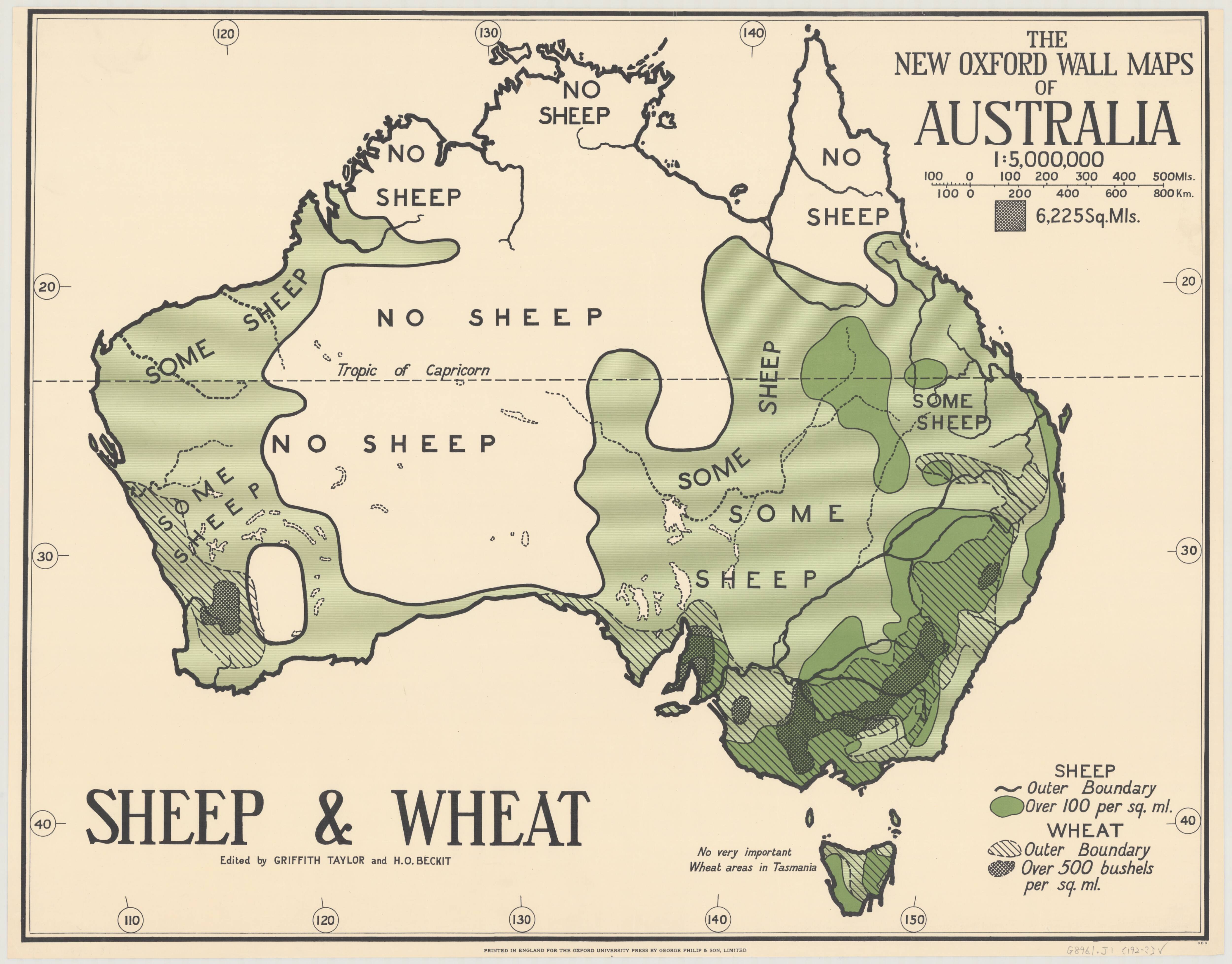Sheep seeps
Sheep seeps are natural phenomena that are found in caves. The general appearance of a sheep seep is that of a hole in the floor of the cave.
Sheep seep out of these holes. The exit hole starts smaller than a sheep, but will get smoother and larger with time as more sheep seep out of the sheep seep. As per the name, the sheep coming out of the sheep seep appear to seep from it instead of walking or something normal like that. Inside, a little ways down, there is a pool of distilled sheep. As far as anyone has been able to determine, the sheep simply appear out of this pool of distilled sheep.
Taking apart a sheep seep cause the seep to never produce sheep again, even if it is put back together again with the utmost care. Efforts to create an artificial sheep seep have thus far been unsuccessful. Sheep scientists believe that a seep sheep is needed to create the right kind of distilled sheep to create an artificial sheep seep.
Sheep seeps form naturally in areas that have caves and enough sheep for a long enough period of time. At least one thousand sheep are needed nearby for a sheep seep to form, and it generally takes around fifty years to have a fully mature sheep seep. More sheep can speed up the process, with the quickest recorded one forming in an estimated twenty-four years.
Most known sheep seeps are in Scotland, due to the high sheep concentration there, and the extensive digging of artificial caves to encourage sheep seep growth. Sheep seeps are also known in other areas with high sheep concentrations, such as Australia, New Zealand, and Texas.

Putting objects into sheep seeps will temporarily disrupt the forming of sheep at that sheep seep, leading to rival sheep farmers attempting to sabotage their competitors by throwing rocks or other objects into other farmers’ sheep seeps. Explosives are almost never used after the chain of cave-ins caused by one particularly zealous farmer in 1854. The length of time a sheep seep is disabled for after an intrusion depends only on the size of the intrusion relative to the internal size of the sheep seep.
A sheep seep in Scotland was bombed out in World War II, because it was providing food to the British armed forces.
It is entirely possible to have a profitable sheep farm with only a sheep seep, provided the sheep seep is fast enough. However, the speed of the sheep seep is dependent on the amount of natural born sheep in the area. Sheep seeps will speed up if there are enough natural-born sheep in the area, and slow down if there are too few natural born sheep in the area. Sheep from sheep seeps do not count as natural born sheep at all, although their descendants do to varying degrees depending on how far the descendants are removed from any sheep seep sheep. Because of this, many farmers will keep a herd of natural born sheep near their sheep seep, but only sell the sheep seep sheep. Sheep seeps are as slow to react to changes in the level of sheep near them as they are to grow, so removing all natural-born sheep from around a very fast sheep seep will not usually have a noticeable effect for roughly a year afterwards, depending on how fast the sheep seep is. Many sheep elitists regard sheep seep sheep as inferior to natural-born sheep
The sheep that seep out of sheep seeps have a genetic makeup that is identical to the sheep in the area.
Scammers have been known to sell sheep seep sheep to people who are ignorant of the above facts. Because this has no bearing on sheep seeps, said people will often pay the scammer even more money to fix their declining sheep seep.
